British Giants: The History Of Chris Huggett
From the Wasp to the OSCar to the Summit, Chris Huggett is behind them all.
The Wasp-designer pioneered a hybrid analogue/digital synthesis and perfected it in instruments for EDP, OSC, Novation and more. Come along as we celebrate the genius of Chris Huggett and his many incredible instruments.
British Giants: The History Of Chris Huggett
When you think of great synthesizer engineers, the ones who fronted their own companies often come to mind. Company names like Moog, Oberheim and ARP are synonymous with the men who lead them. Not all engineers are businessmen though. Some work behind the scenes for decades, like Korg’s Fumio Mieda. Others are more like journeymen, going where their creativity takes them. That’s Chris Huggett.
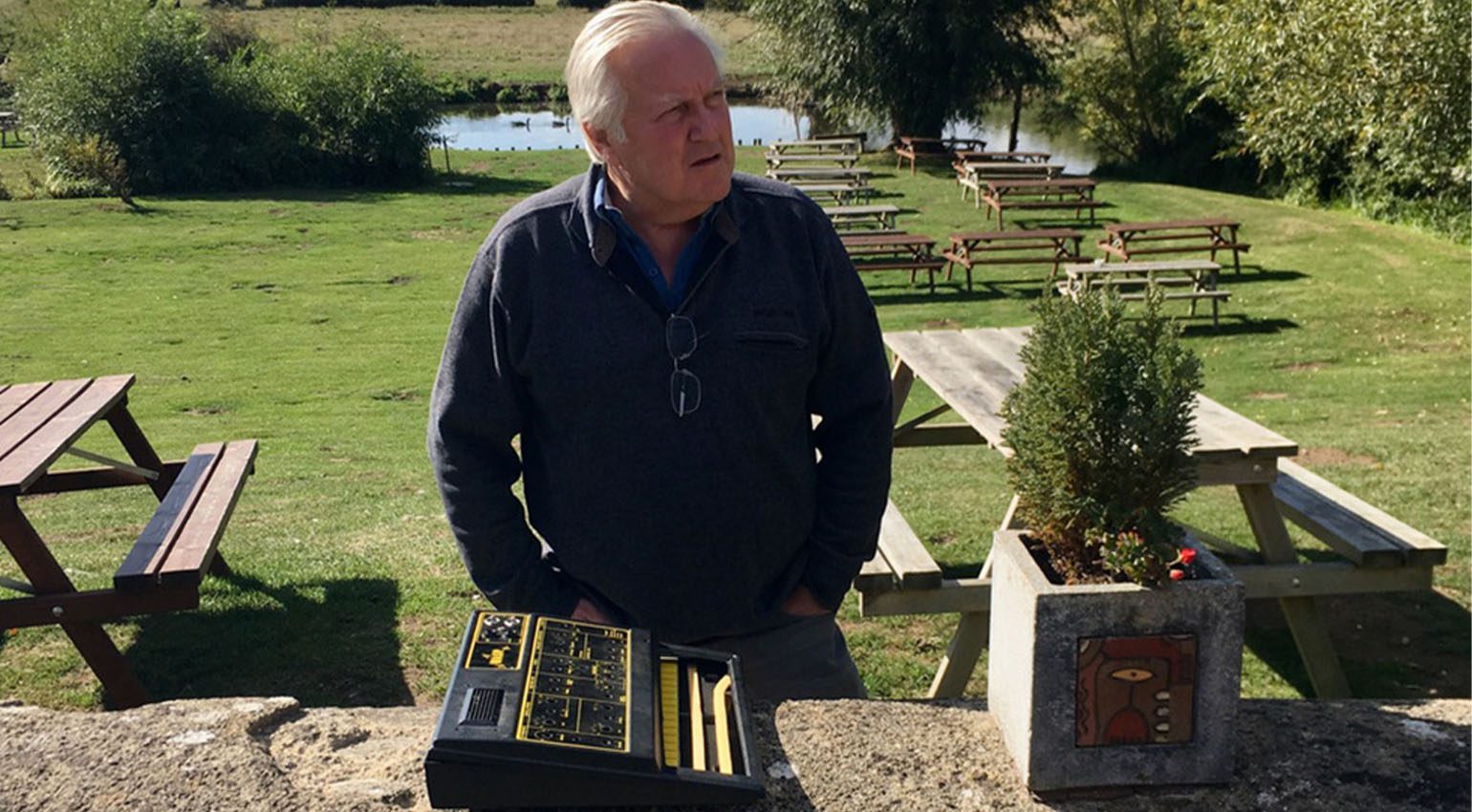
One of England’s most influential music technology engineers, the story of Chris Huggett is one that spans multiple decades, multiple companies and many, many groundbreaking instruments. By all accounts, he preferred to stay in the background, even when ostensibly being part of the leadership of a brand. His output is his legacy – and what a legacy it is.
Let us today celebrate Chris Huggett, the engineer who helped raise England’s standing in the world of synthesizer and electronic musical instrument design.
The History Of Chris Huggett: Electronic Dreams
For some British musicians of a certain age, the Wasp is a very special instrument. The first synthesizer for many, the affordable little plastic beast made electronic music dreams come true for anyone who could afford the £199 price point. With its built-in speaker, touch capacitance keyboard and digital/analogue hybrid synthesis, its influence is still being felt today, with the Volcas, MicroFreak and many more all owing a debt to it.
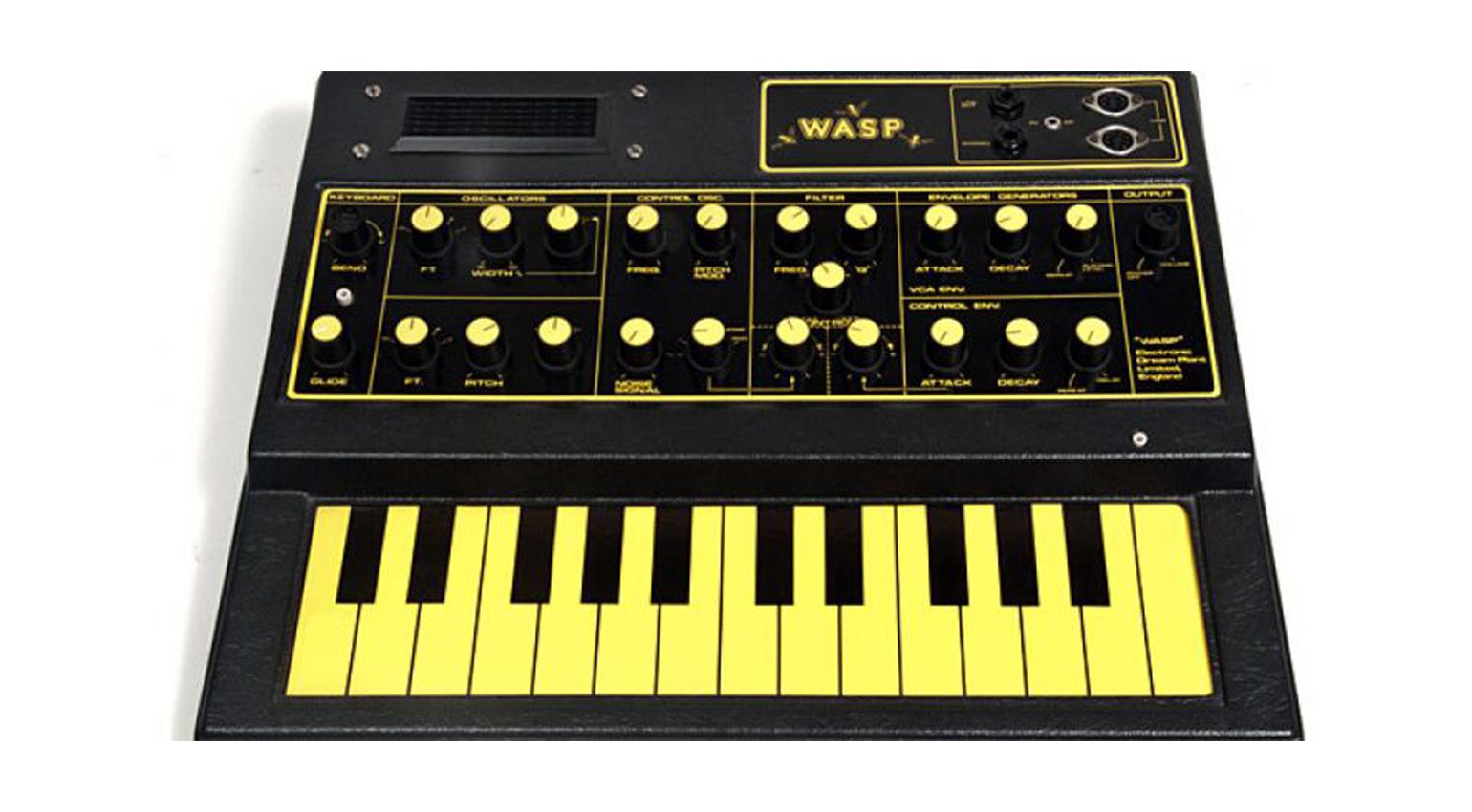
In the mid-1970s, Chris had been working for Ferrograph, doing maintenance on 3M multitrack tape machines. While on a service call to keyboardist Adrian Wagner’s studio, the two began talking and decided to go into business together. They started Electronic Dream Plant (EDP), with their first product being the Wasp. With dual digital oscillators, a unique analogue filter and bright yellow and black case, the pluckly little monosynth was a hit. This was followed up by other Chris creations, including the Spider digital step sequencer and single-oscillator Gnat.

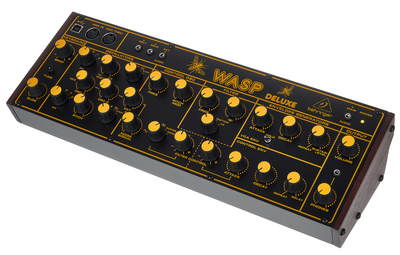

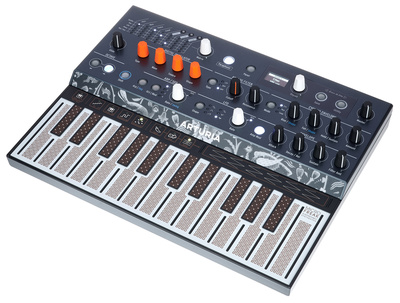
The History Of Chris Huggett: Back To School
Although EDP’s products were by all accounts popular, the intentionally affordable price points meant that there was precious little profit to be made. As the company went under, Chris found a new avenue for his creations, the Oxford Synthesizer Company. Set up with synthesist Paul Wiffen and money borrowed from Chris’ parents, they soon released the OSCar, a similarly groundbreaking instrument, in 1983.
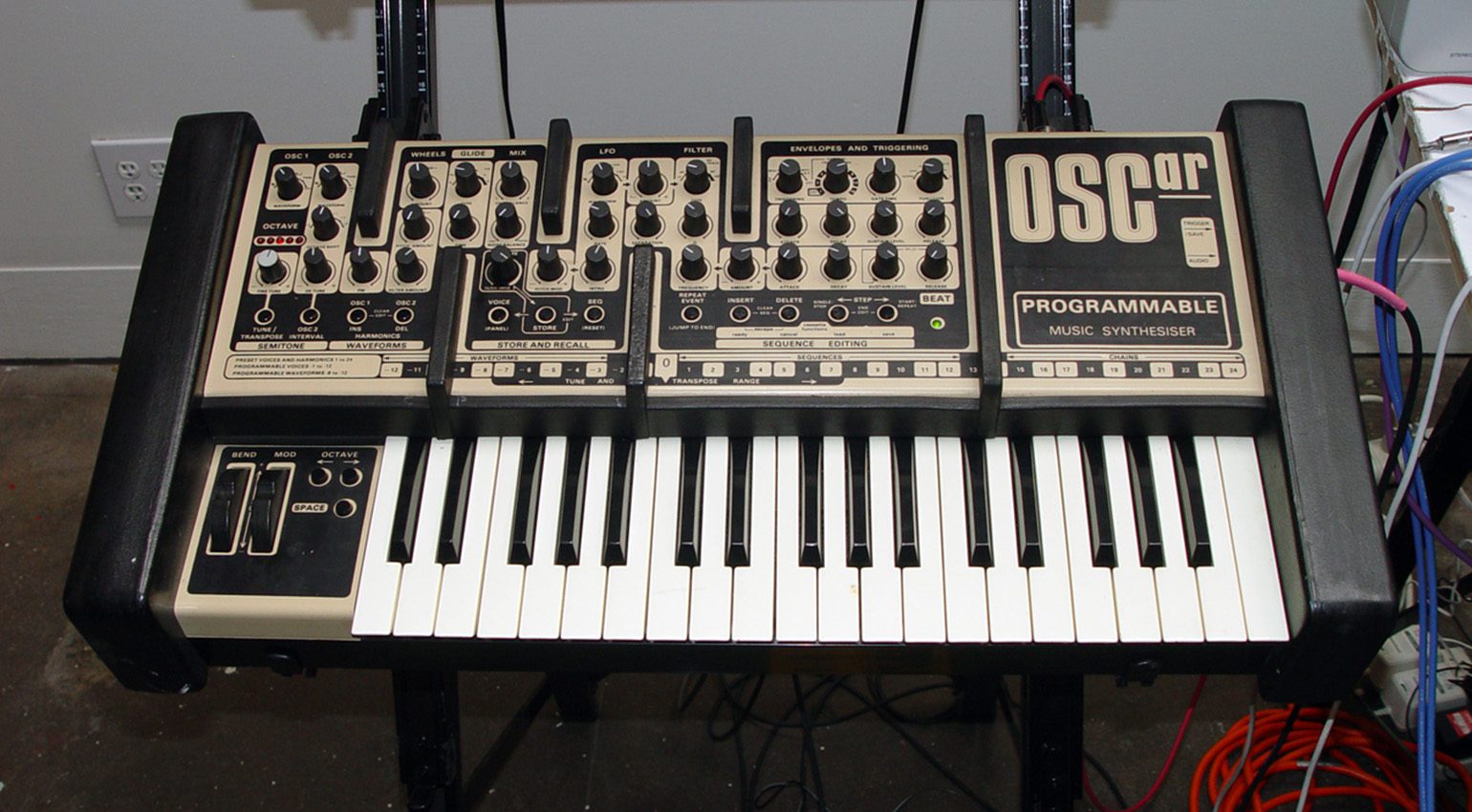
Continuing with ideas that he began with the Wasp, Chris’ monophonic OSCar expanded into some truly unique territory. The two oscillators were again digital, with fixed waveforms, but the sound generation section also includes additive synthesis with 24 harmonics available for adjusting. You could also play the oscillators duophonically. There were two analogue filters which could be combined into lowpass, highpass or bandpass, with their resonance sections unified or tweaked separately. And it had actual keys!
Although popular, with artists like Ultravox and Stevie Wonder using the unusual-looking OSCar on hit songs, distribution trouble spelt the end of the Oxford Synthesizer Company in 1985. Chris didn’t sit still for long though. Having already developed two of the UK’s most unusual – and influential – synthesizers, he would next lend a hand to another revolutionary instrument.

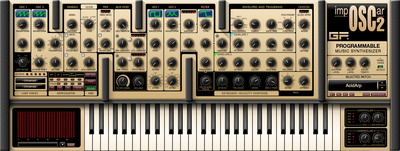
The History Of Chris Huggett: S-Express
We tend to think of the Akai line of S-series samplers as Japanese inventions and yet many of them have a very British pedigree with both hardware and software done in England. We’re speaking specifically of the S1000, Akai’s groundbreaking 16-bit sampler that, thanks to the introduction of timestretching with version 2.0 of its operating system, had a massive effect on music worldwide. The designer of that operating system? None other than Chris Huggett.
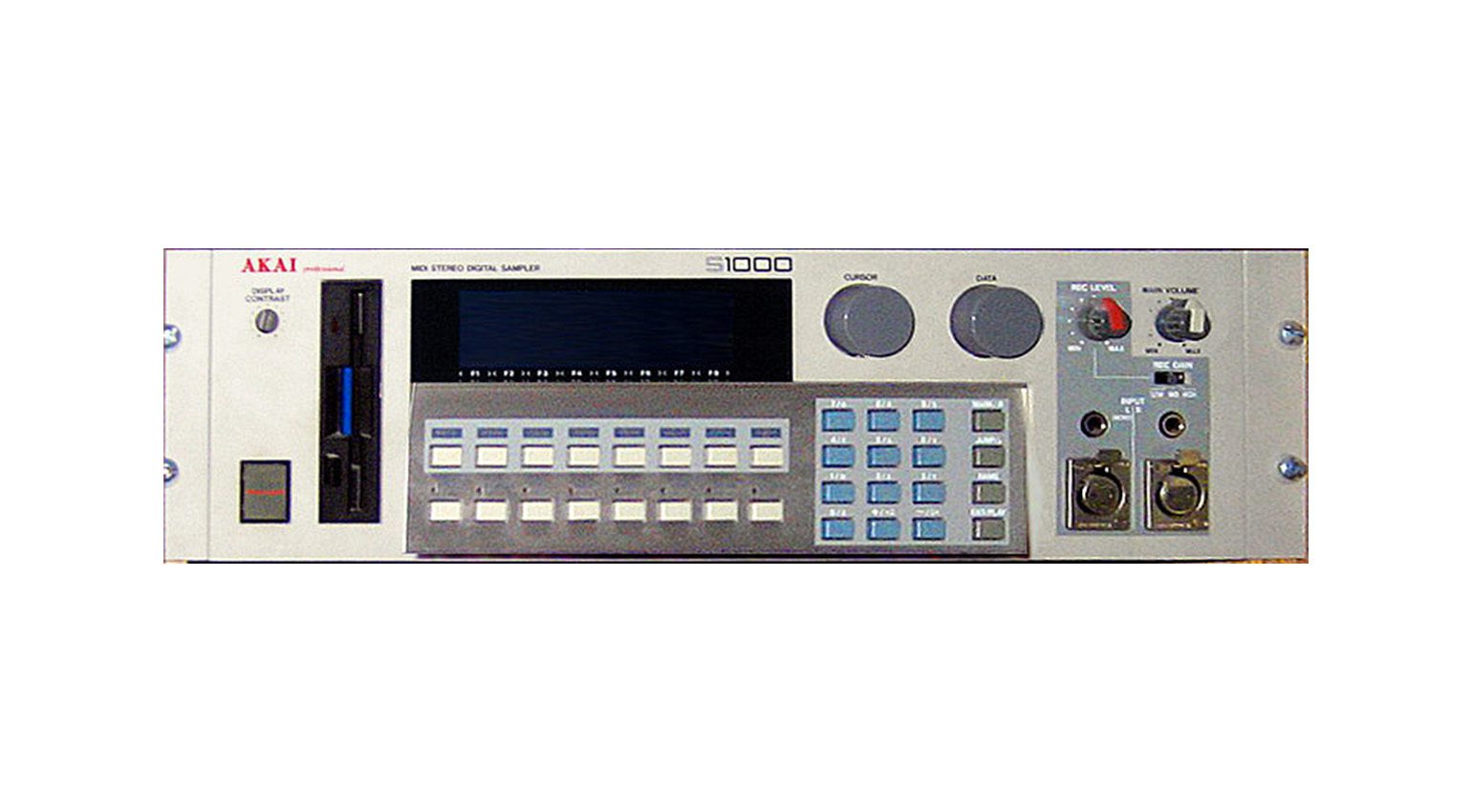
After the Oxford Synthesizer Company went belly up, Chris found himself working alongside some other UK synth engineer royalty, namely Dave Cockerell and Tim Orr of EMS. Together at Akai, they tasked Chris with coming up with an operating system for their hardware, which he did – and continued to do through successive models.
The History Of Chris Huggett: A Star Is Reborn
While still at Akai, Chris was approached by a new British instrument company looking for his expertise. They were planning to add a synthesizer to their modest lineup, which only included a controller at the time. Known as Novation, that instrument would be 1993’s Bass Station. It would not only mark the company’s rise – as well as herald the beginning of a long partnership with Chris – it would help reignite a love for analogue-style synthesis and real-time controls among musicians.
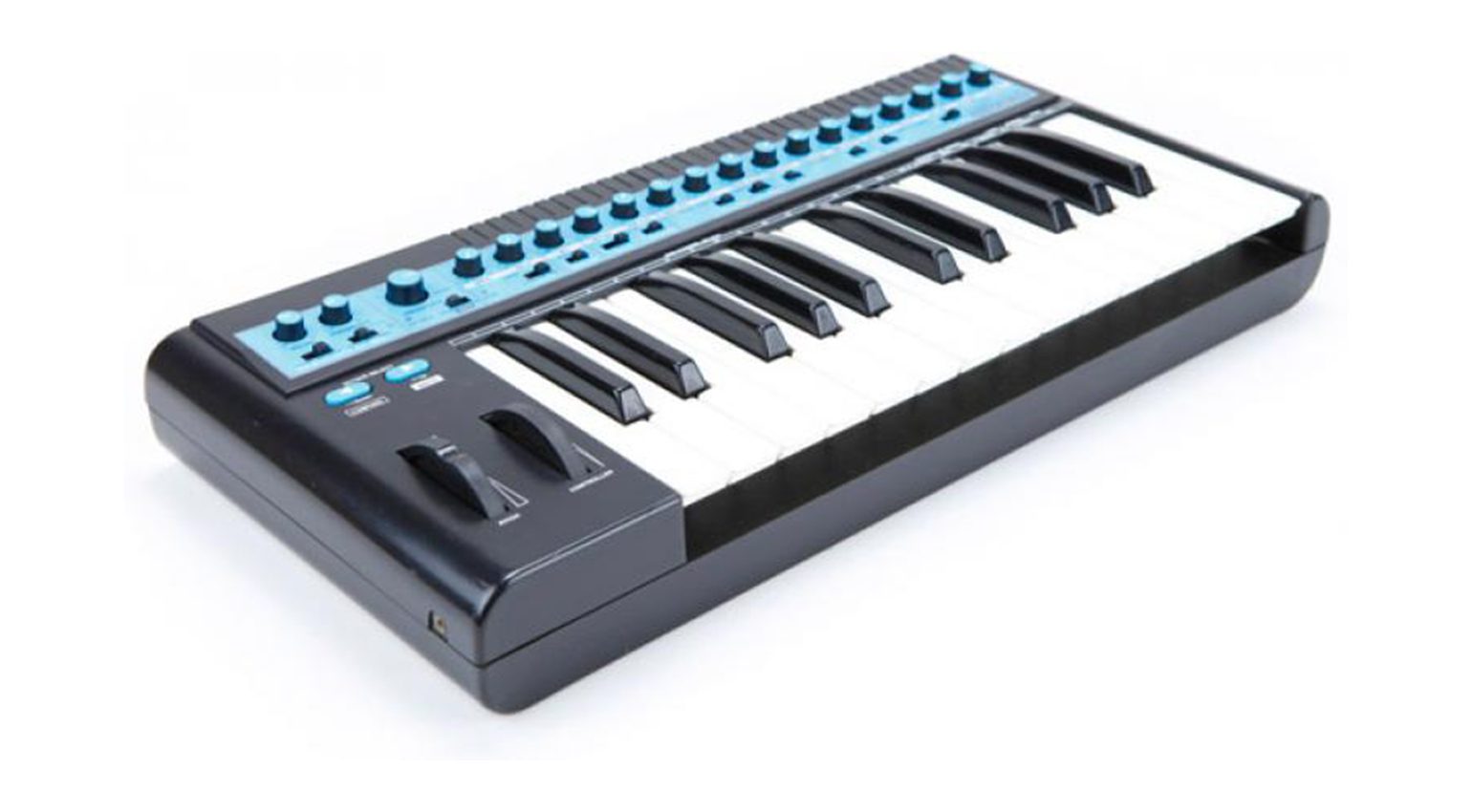
The Bass Station took a few of its cues from the Wasp, including the filter and VCA. Although working as a consultant at the time, Chris later came to Novation full-time. It was to be a very fruitful working relationship, with Chris contributing to all of the Bass Station iterations, the tabletop Nova and rackmount Supernova, the ReMote line of controllers and the more recent Peak and Summit, which brought his hybrid style of synthesis full circle.

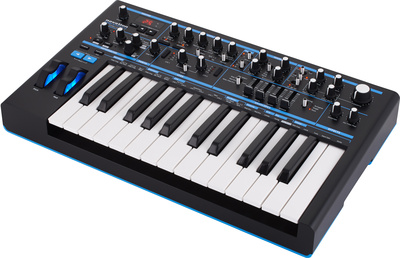

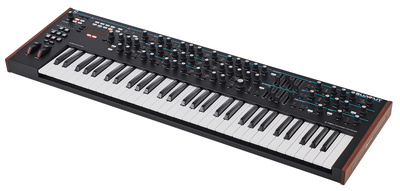
The History Of Chris Huggett: Say a Little Prayer
Although Chris sadly passed away in 2020 after a two-year battle with cancer, he had one more surprise left for the world. This year, UK company PWM debuted Mantis, a duophonic digital/analogue hybrid synth. From the insect-referencing name to the synthesis structure, it has Chris all over it. Indeed, it was the last synthesizer to feature his handy work. Although he didn’t live to see its release, it is a fitting swan song for Chris Huggett. From Wasp to Mantis: 46 years of incredible British synthesizers.

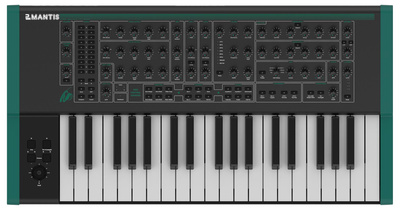
More Information
- Novation Music homepage
- PWM homepage
- All about synthesizers
- All about samplers
2 responses to “British Giants: The History Of Chris Huggett”

 4,7 / 5,0 |
4,7 / 5,0 | 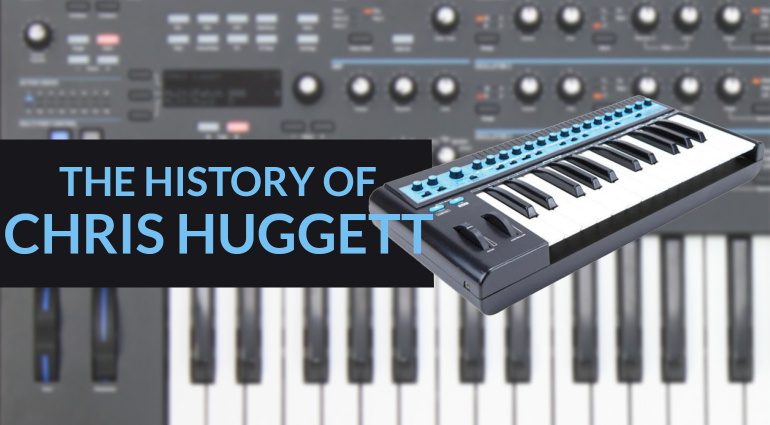


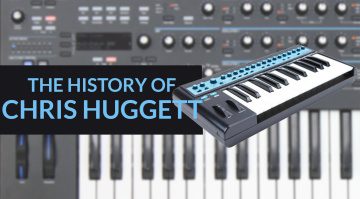

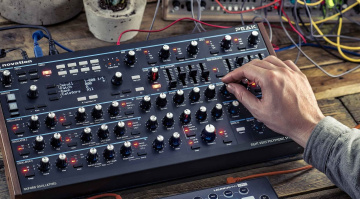
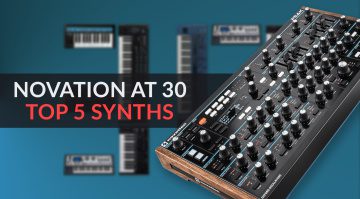



I was lucky enough to get to use the WASP, OSCar and Supernova, and owned a Basstation. All were amazing machines. So looking forward to playing the Mantis!
Such a great creator of Synths!
Got GForce ImpOSCar2 as a free download from GForce a few weeks ago. They were giving it away as opposed to charging E129. Thanks!